Best electric guitar pickups 2025: Single-coil, humbucker, P-90, and active pickups for all styles
Upgrade your electric guitar tone now with the best pickups from Seymour Duncan, EMG, Bare Knuckle and more
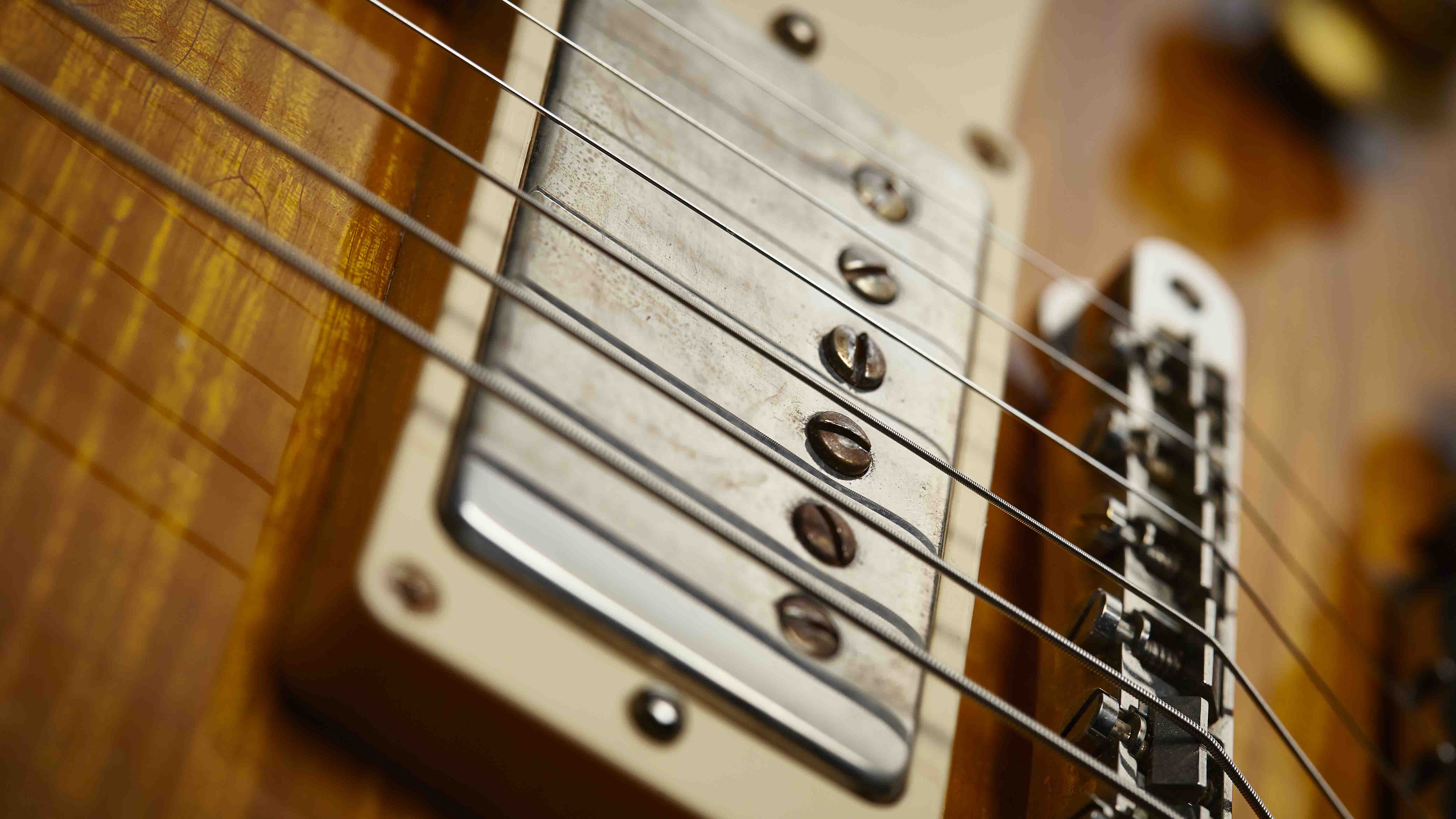
Upgrading to one of (or a set of) the best electric guitar pickups is one of the most effective ways to dramatically improve your tone - besides buying a new guitar. Luckily for those in the market for a set of new pickups, there’s never been a better time to buy pickups. The market is huge and varied, meaning that finding the right pickups for your guitar and your sound is super easy. In this guide, we’ll answer some common questions, and help you make the right choice.
A pickup is essentially a metal coil wrapped around magnetic pole pieces. This creates a magnetic field to reproduce frequencies, which are detected by the pickup when your electric guitar strings vibrate. These vibrations are then transferred into a signal as you’re playing and are sent to your amplifier via your instrument cable.
A number of factors can affect what frequencies a pickup listens to – including the type of magnet and number of coil windings – and this determines its character and the kind of strengths and weaknesses it may have for different musical styles.
We’ve included some expert buying advice at the end of this guide, so if you’d like to read more about the best electric guitar pickups, hit the link. If you’d rather get straight to the products, then keep scrolling.
Best electric guitar pickups: Music Radar's choice
Our top pick for the best electric guitar pickups has to be the Seymour Duncan Pearly Gates. The Pearly Gates draws on the influence of the past to create an unbeatable combination – especially if you have a Les Paul to upgrade.
The original influence for its character and name is the bridge humbucker from ZZ Top legend Billy Gibbons’ 1959 Pearly Gates Les Paul. Those legendary early Gibson LPs featured PAF humbuckers that are regarded by tonehounds to be the cream of pickups, but the Seymour Duncan spin on the design offers more output to boost your overdrive. The midrange growl seals the deal.
For us, the best all-round single-coil pickup is the Fralin Vintage Hots. Now celebrating its 30th birthday, the enduring popularity of Lindy Fralin’s design isn’t a mystery when you hear it in action. The clarity and balance with classic Strat high end sparkle can really revamp your tone and make your guitar feel new, with added articulation and sensitivity that makes all pickup positions addictive.
Best electric guitar pickups: Product guide
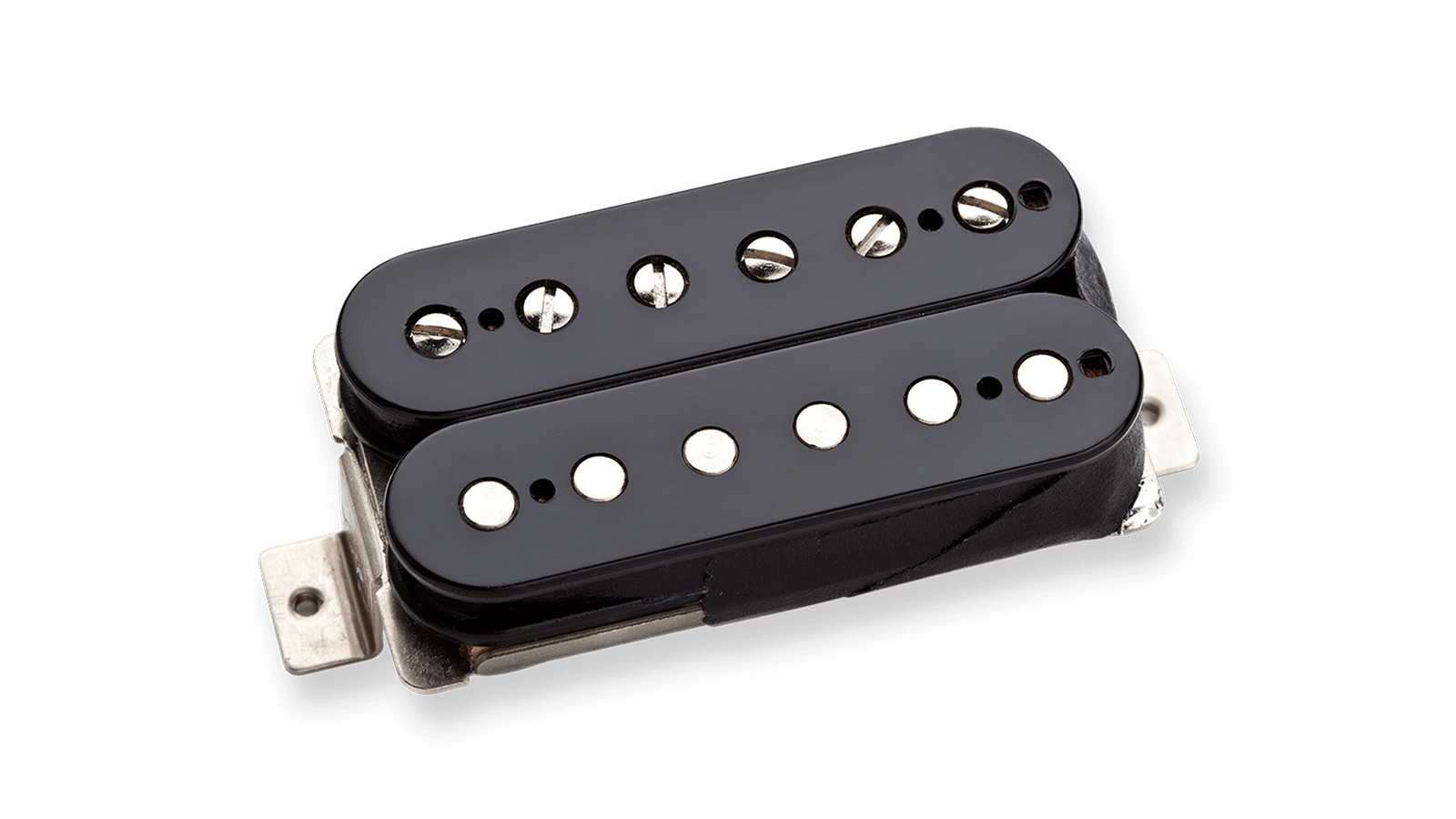
1. Seymour Duncan Pearly Gates SH-PG1B
Our expert review:
Specifications
Reasons to buy
Reasons to avoid
The legendary tone of the Gibson ‘59 Burst Les Pauls is coveted by players for good reason – and Billy Gibbons’ Pearly Gates is an iconic example. So when one of the greatest pickup manufacturers sought to recreate its humbuckers, the results were always going to be special, and that’s why this is number one on our best electric guitar pickups rundown.
Whether you’re a Les Paul owner looking to supercharge your bridge position tone, or want some golden era vintage blues mojo for your humbucker upgrade – these won’t disappoint.
A relatively bright high-end offers sustain with rich harmonics, while midrange raunch can be found too. The Pearly Gates comes with a four-conductor hookup cable to allow for a variety of pickup-switching options.
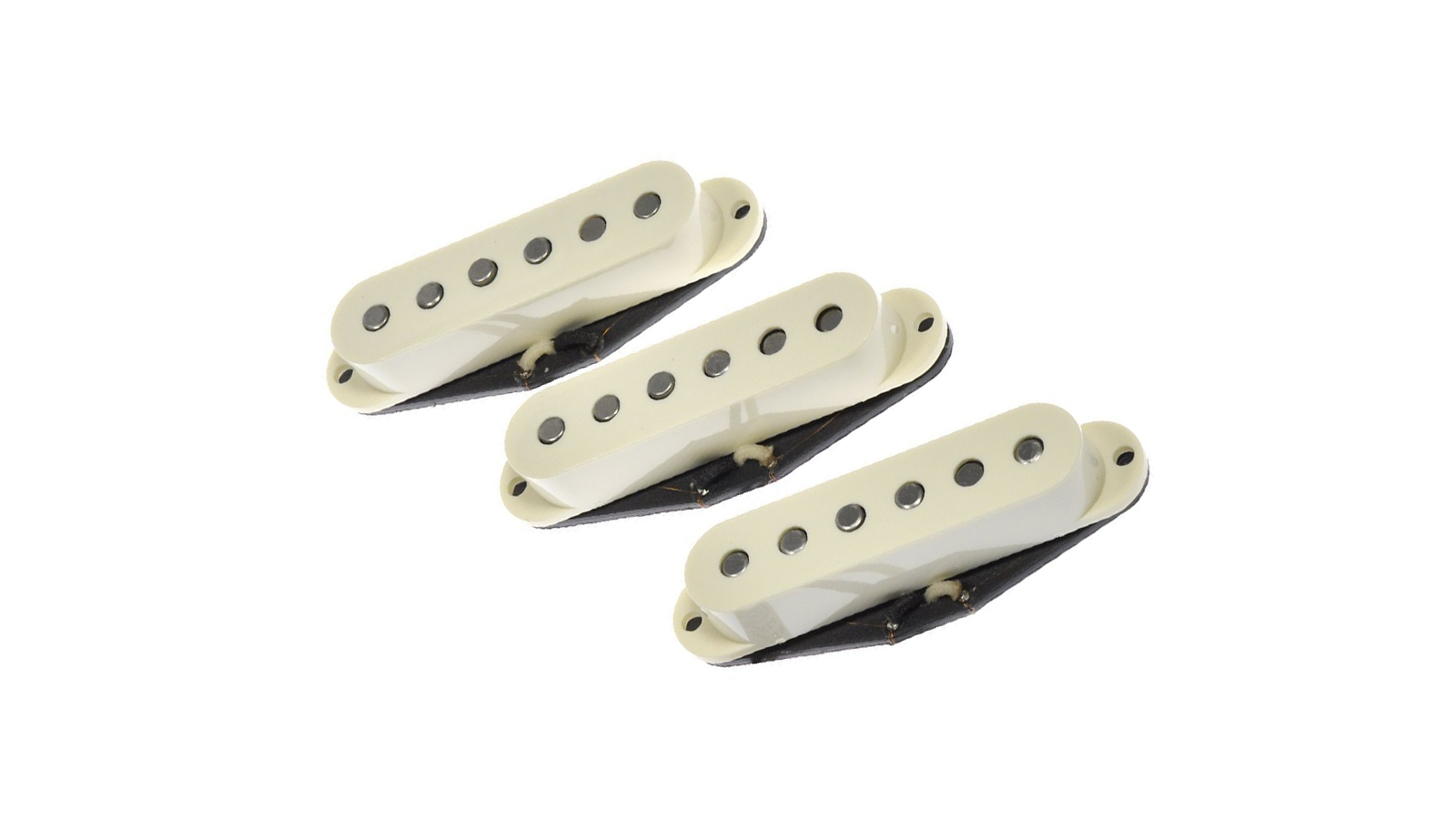
2. Lindy Fralin Vintage Hot
Our expert review:
Specifications
Reasons to buy
Reasons to avoid
A best-selling design by Lindy Fralin, the Vintage Hot has been a go-to pickup for Strat players looking to upgrade for three decades now and its name is pretty suggestive as to what you can expect – an open sound but with sizzle in the higher end that’s ideal for lead players wanting to shine.
The Vintage Hot is pitched between Fralin’s other two popular single-coils – fatter than it’s most vintage Read ‘54 but brighter than its Blues Special. It’s all about balance and clarity that many players regard as the ultimate Strat pickup.

3. EMG James Hetfield Het Set
Our expert review:
Specifications
Reasons to buy
Reasons to avoid
As they were first to the table, EMG once had a monopoly in the active pickup field, and although competition is fiercer, its established models still prove to be popular with players - including metal’s greatest rhythm player.
A longtime EMG user in his ESP models, it wasn’t until 2009 that Hetfield asked the company to combine its active tone with some of the character of a single-coil. This set was its response and an evolution of the popular EMG-81 bridge and 60 neck the guitarist used for 30 years.
The JH-N’s larger core offers more attack and low end than the 60. The JH-B offers a clearer low end to combine with the 81’s attack.
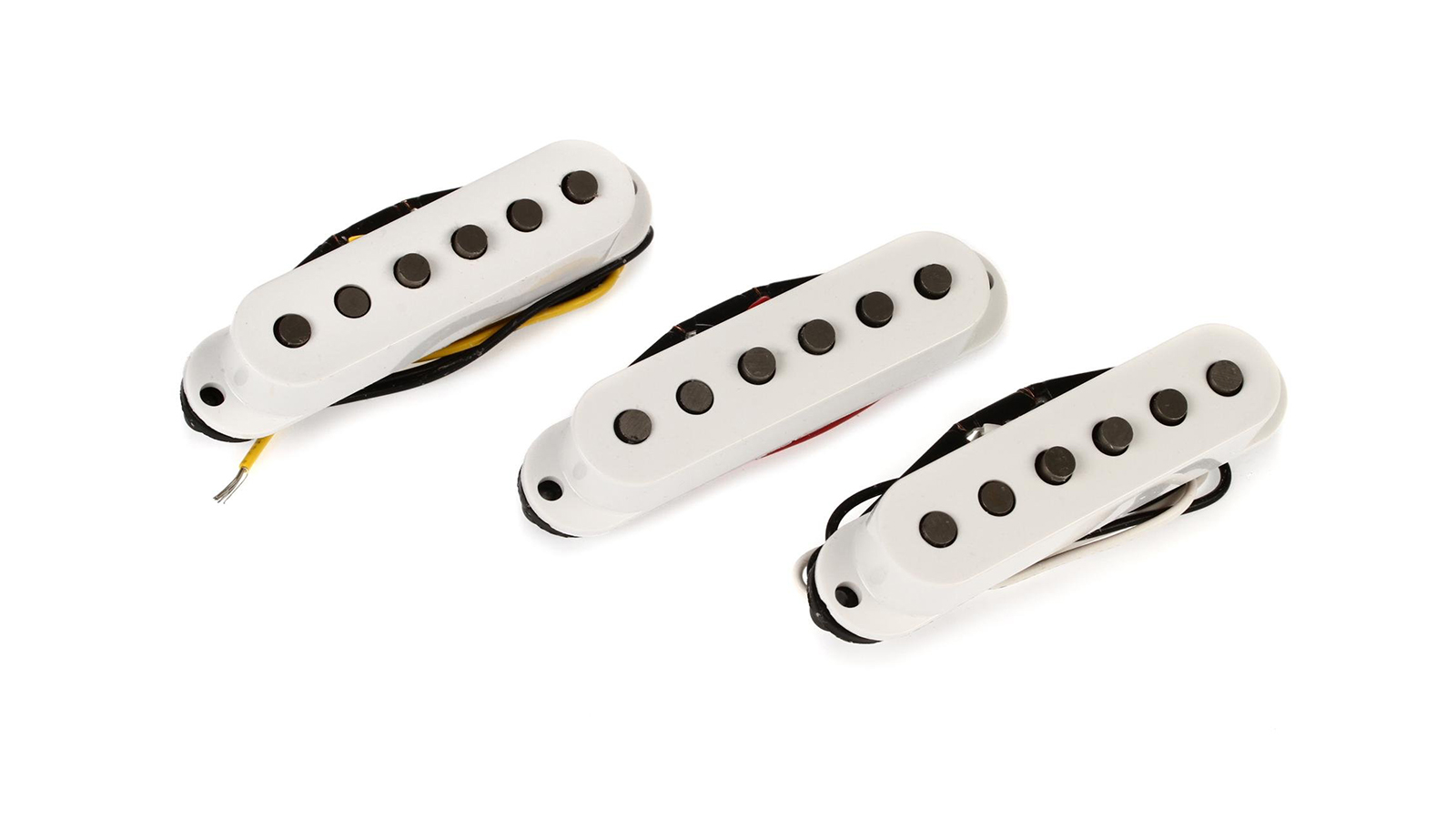
4. Fender Tex-Mex
Our expert review:
Specifications
Reasons to buy
Reasons to avoid
If your entry level Squier or Fender Strat or Tele needs upscaling in the tone department, Fender have the answer here with one of the best electric guitar pickup options when it comes to value.
Available in Strat or Tele sets, the Tex Mex bridge pickup is overwound and proves its beefier worth with overdrive – cutting through with grit and balance. Blues fans can also be comforted to learn these are the same pickups found on the signature Jimmie Vaughan Tex-Mex Strat.
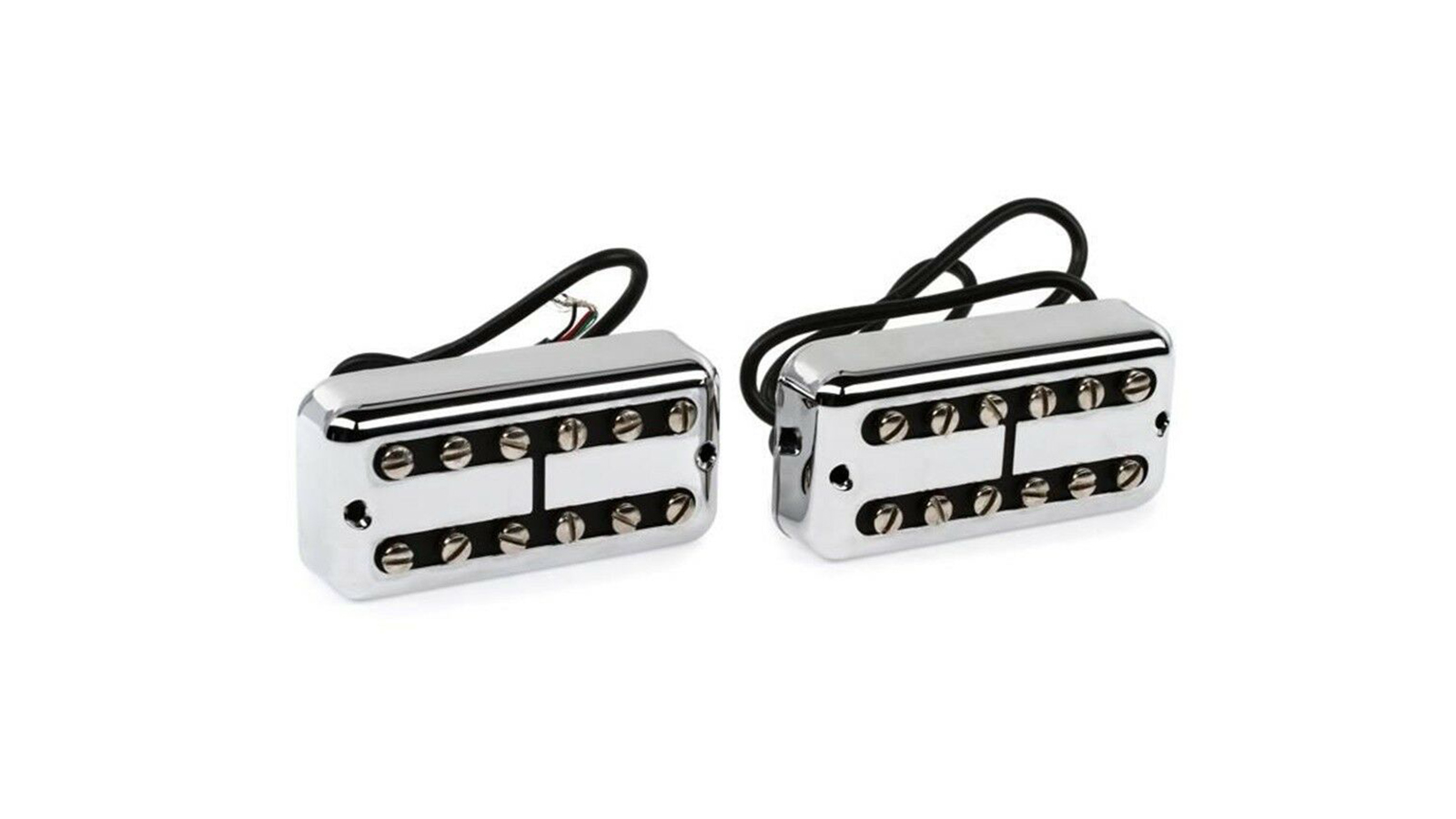
5. Mojo Pickups Mojo’Tron
Our expert review:
Specifications
Reasons to buy
Reasons to avoid
Whether you’re looking for vintage country and rockabilly tones from the schools of Chet Atkins and Eddie Cochran, or something a little different for a humbucker upgrade, the Mojo’Tron is a great choice. The original Gretsch Filter’Tron is an early humbucker design that has more spank and punch than your usual ‘bucker, and is thinner with lower output and a more open sound.
The British-made Mojo’Tron is a boutique take on the design; ‘bright and twangy’ for that rockabilly bite. They’re even available in P-90 models, as well as the standard Filter’Tron size. Be patient though as Marc Ransley’s pickups are handmade to order with no shortage of customers, so you may have to wait a little while. But it’s worth it!
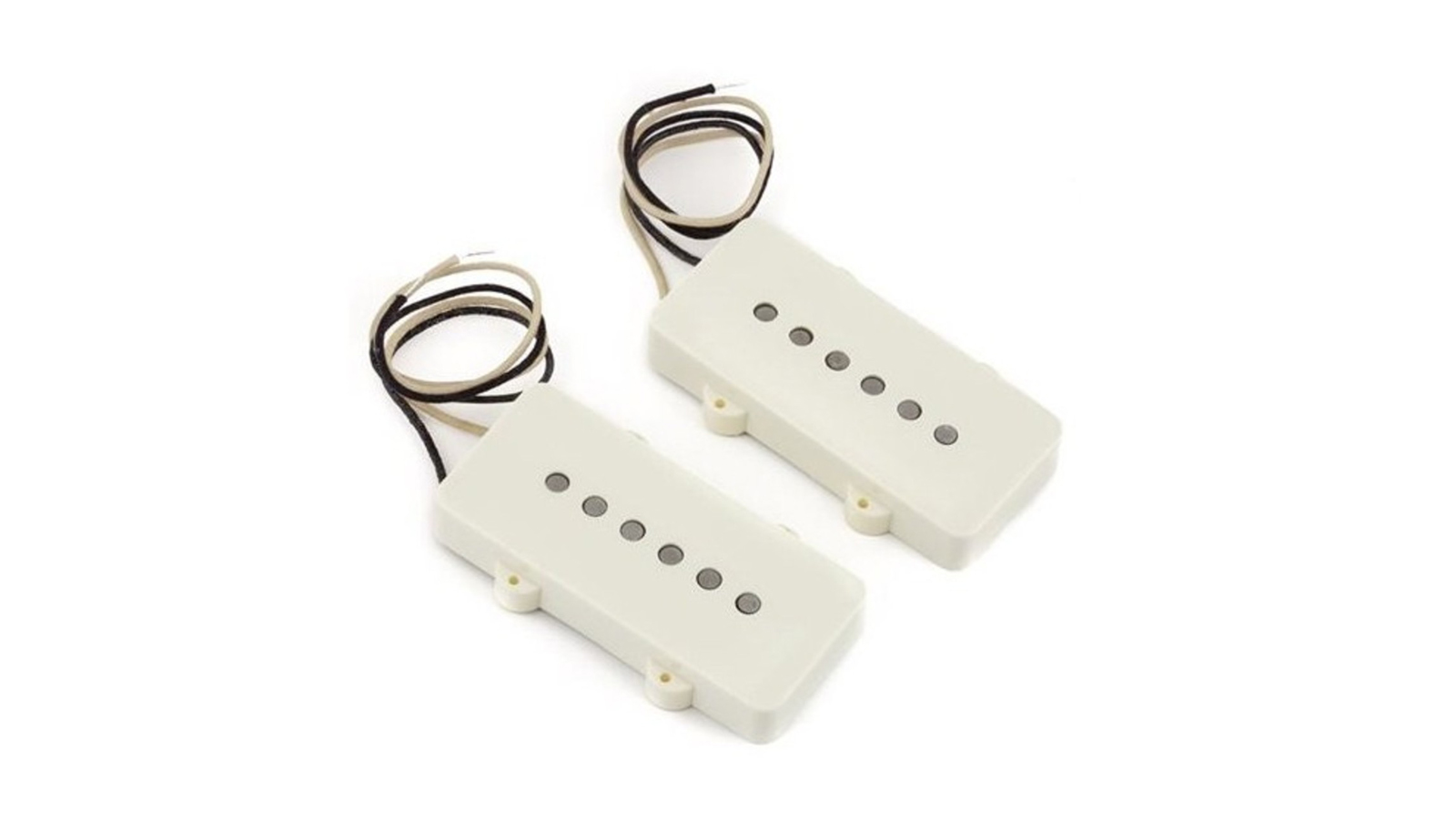
6. Fender Pure Vintage ‘65 Jazzmaster Pickups
Our expert review:
Specifications
Reasons to buy
Reasons to avoid
Fender’s pickups are rarely criticised. It seems that nearly every guitar that comes out of Fender’s factories sounds just as it should - but if you’re a Jazzmaster player in disagreement, then these Pure Vintage ‘65s could be just the thing you need.
Crafted to as close to 1965 spec as possible, the Pure Vintage Jazzmaster set is built to capture the sound of the mid-’60s in a guitar tone. The Alnico V magnets do this well, capturing the bright, clean and clear tonality of the original Jazzmasters. Period correct bobbin construction, flush mounted polepieces and classy aged-white pickup covers round off these ultra-tasteful pickups - and the relatively low price point is the icing on the cake.
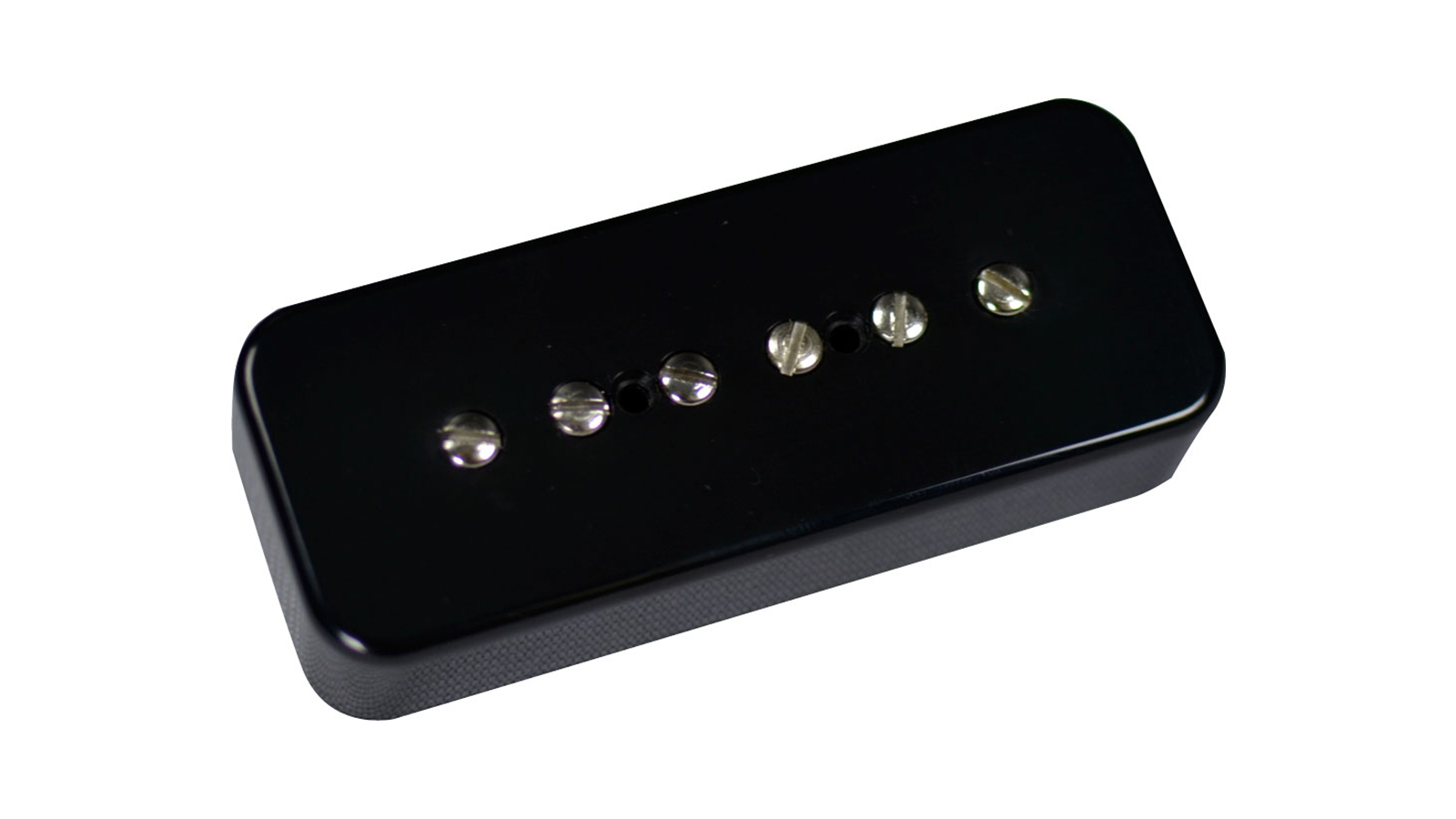
7. MojoTone 56 Quiet Coil P-90 Soapbar
Our expert review:
Specifications
Reasons to buy
Reasons to avoid
There’s a lot to love about the vintage P-90s of the 50s – clarity and highs that cut with fat mids. Less appealing is the 60-cycle hum that can prove maddening in certain situations. MojoTone delivers the old-school vintage spec 42 gauge coil wire, lower Gauss Alnico magnets and scatter wound coils for hand-wound character... but without the hum.
Mojotone doesn’t use stacked coils or active circuitry to get these results but their design works. And if you’ve been wary of single-coils before because you want more beef or gain and without the unwanted noise, these are an investment worth making.
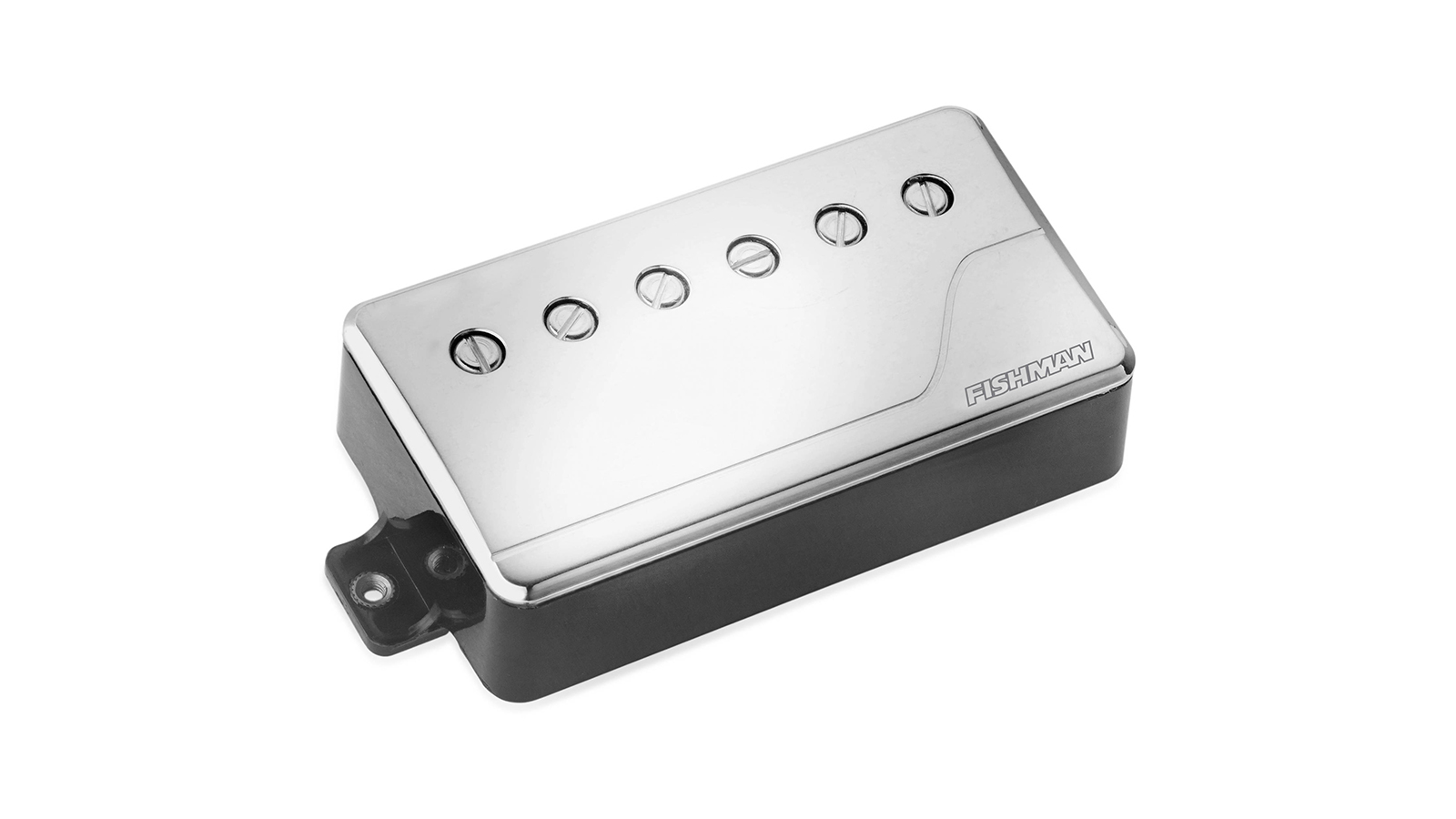
8. Fishman Fluence Classic Humbuckers
Our expert review:
Specifications
Reasons to buy
Reasons to avoid
It’s not often that a guitar pickup can be called revolutionary in that last fifty years but the Fluence range is. An active pickup range available in single-coil and humbucker designs, but they offer a unique blend of classic and modern by offering distinct ‘voices’ the player can choose between.
Launched in 2014, Fluence pickups use a solid core instead of the traditional wire coil and the magnets used on these Classic Humbuckers (Modern and Signature sets for artists including Deftones’ Stephen Carpenter, Greg Koch and Tosin Abasi also available) feature blade magnets that create an even magnetic field to enhance definition. There’s also a preamp onboard each pickup that can be charged via USB.
The neck Classic offers two ‘voices’; vintage or clear chime and the bridge has a classic ‘vintage PAF’ and over-wound-style ‘Classic Hotrod’. The third voice for each is a single coil tone. You’re covering a lot of tonal ground here.
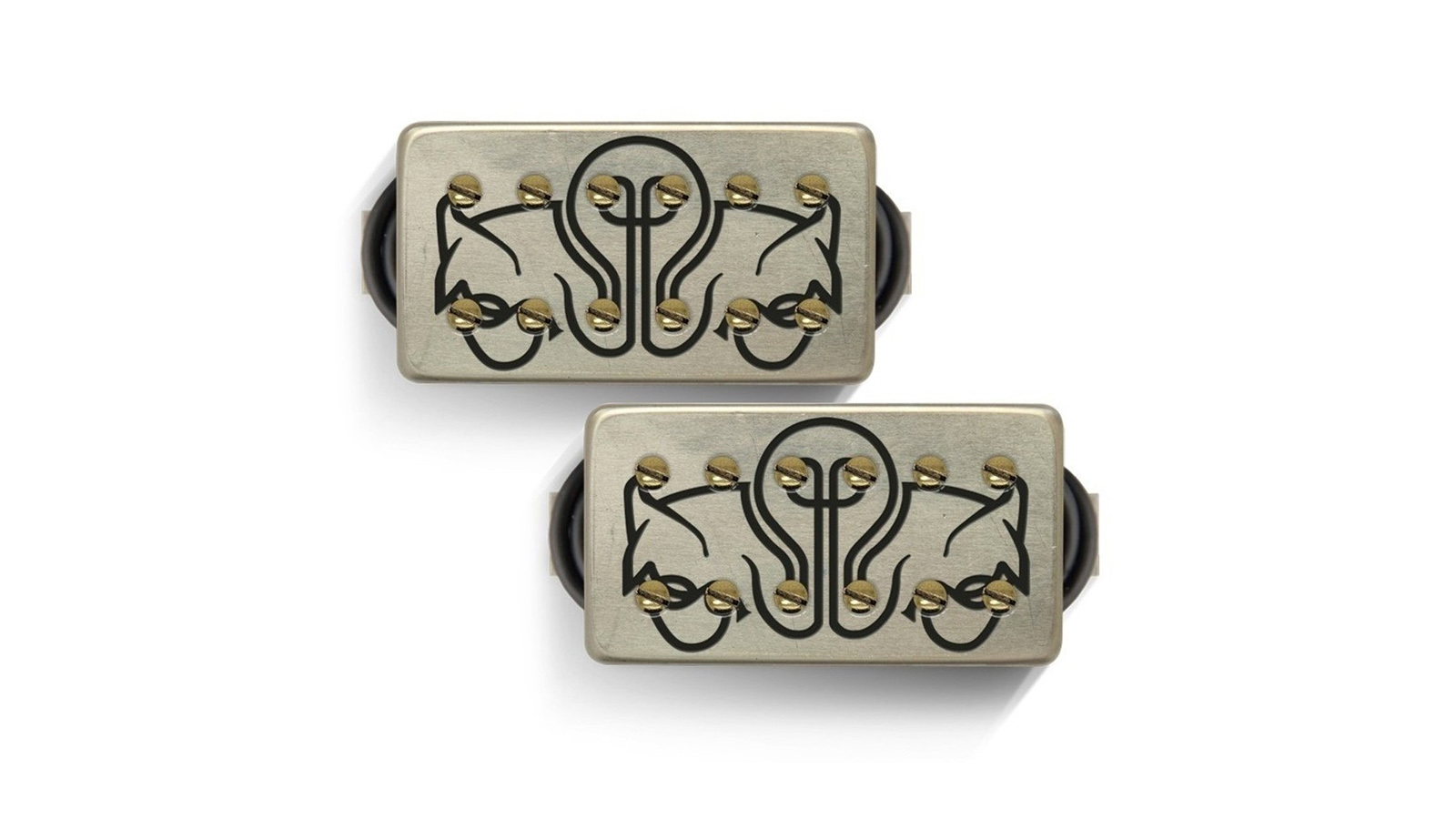
9. Bare Knuckle Juggernaut
Our expert review:
Specifications
Reasons to buy
Reasons to avoid
The Aftermath humbucker proved very popular for Bare Knuckle, with an incredibly tight response for fast metal rhythm work. The Juggernaut was developed with one of its high profile fans, tonehound Misha Mansoor of progressive metallers Periphery and the results are more versatile than the Aftermath while living up to the Juggernaut name.
The attack of a ceramic pickup when picking hard with the harmonic response of an Alnico any time you need it? Yes indeed! It delivers in the low end and mids for huge rhythm sounds, while reflecting the detail of the sophisticated chord voicings often found in progressive metal. It’s even available for eight-string as well as six and seven-string guitars.
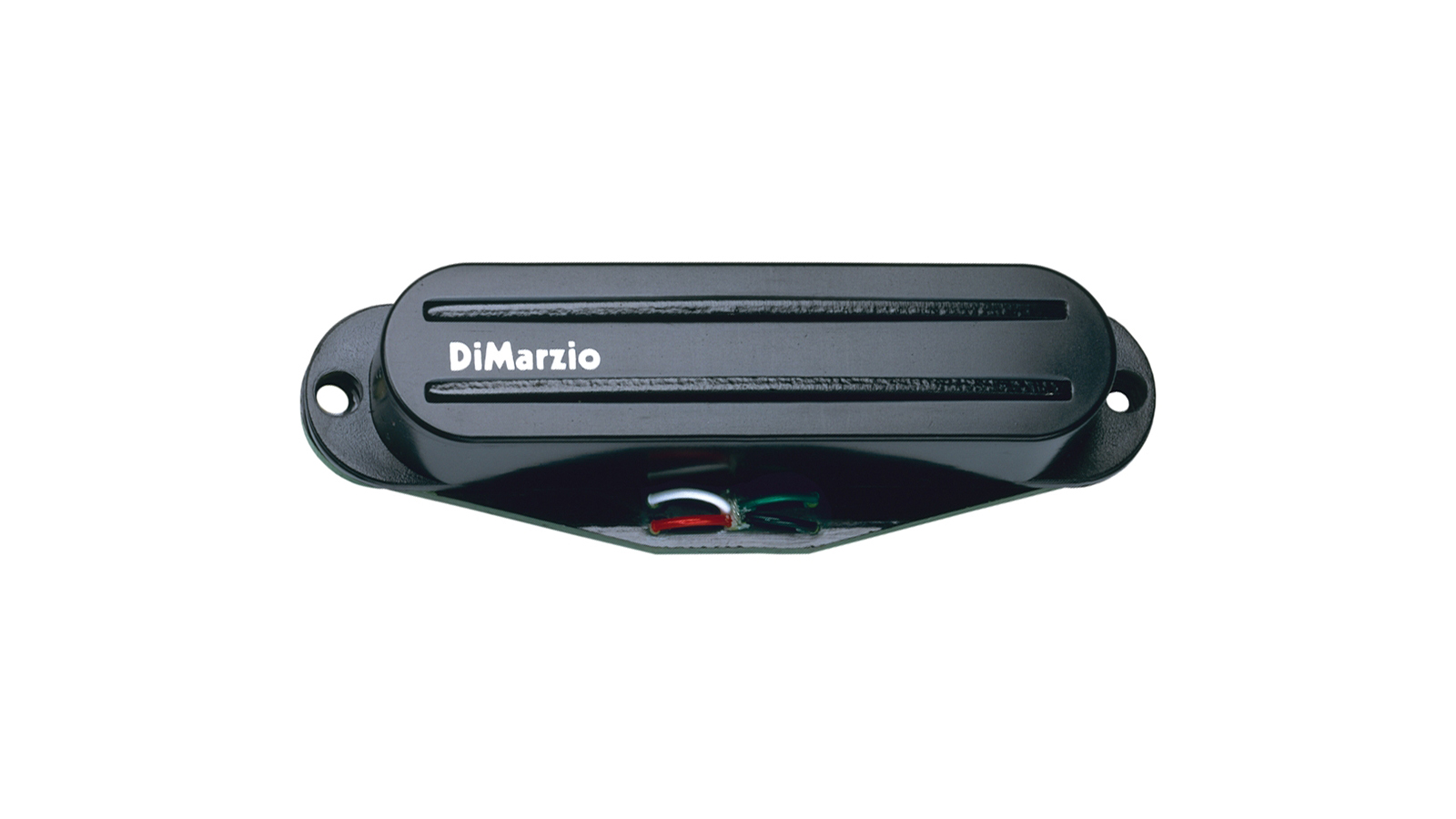
10. DiMarzio Super Distortion S
Our expert review:
Specifications
Reasons to buy
Reasons to avoid
As well as being a great humbucker, the Super Distortion is historically important. The whole concept of buying a replacement electric guitar pickup didn’t really exist before the Super Distortion became a benchmark by which other high output pickups were measured.
Designed to give your tube amp a push into glorious overdrive, it still stands up today and has been used by the likes of Paul Gilbert, Kurt Cobain, Def Leppard’s Phil Collen and Kiss’s Paul Stanley. But why should only humbucker guitar players get all the fun?
The Super Distortion S offers the famed thrills of its older brother, but is designed to fit in the Strat’s slanted bridge position. It’s a great all-rounder – you’ll have a super Strat in no time!
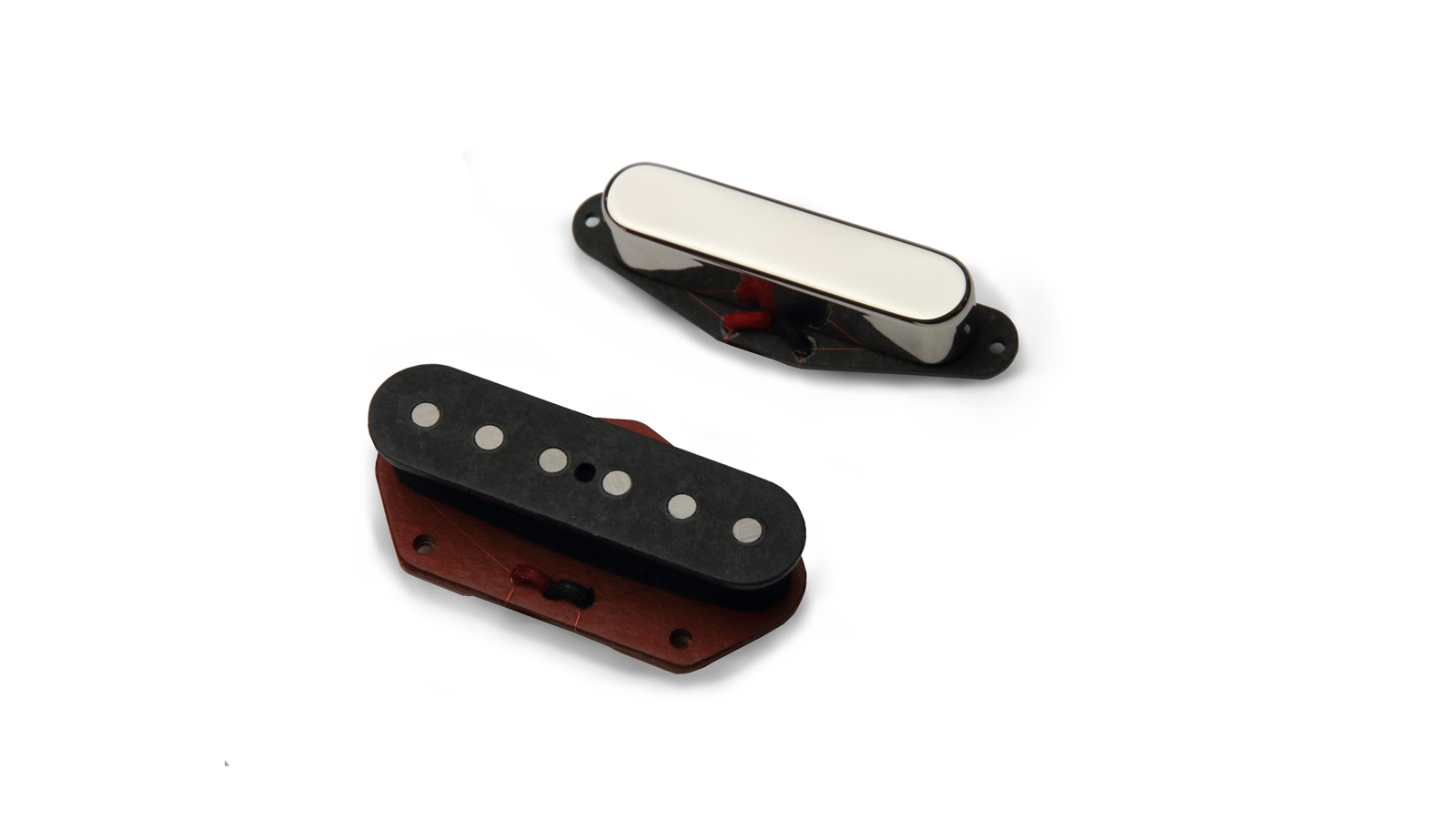
11. Bare Knuckle Boot Camp True Grit Set
Our expert review:
Specifications
Reasons to buy
Reasons to avoid
Bare Knuckle Pickups have taken the world of pickups by storm in recent years. Their approach has always been super simple - make the best pickups, by hand - and make your guitar sound awesome. The Boot Camp series of pickups removes some of Bare Knuckle’s more time-consuming core options, and sticks a solid, workhorse set of pickups in your hand, ready to don any guitar you like.
The True Grit set sits in the middle of the Boot Camp series, with the Alnico V magnets offering a ‘medium’ output to these pickups. They’re ideal for anyone who wants to conjure an epic hard rock, grunge or old-school metal tone from a set of Strat or Tele single coils, Humbuckers or P90s. They’ll do some pretty stunning cleans, too.
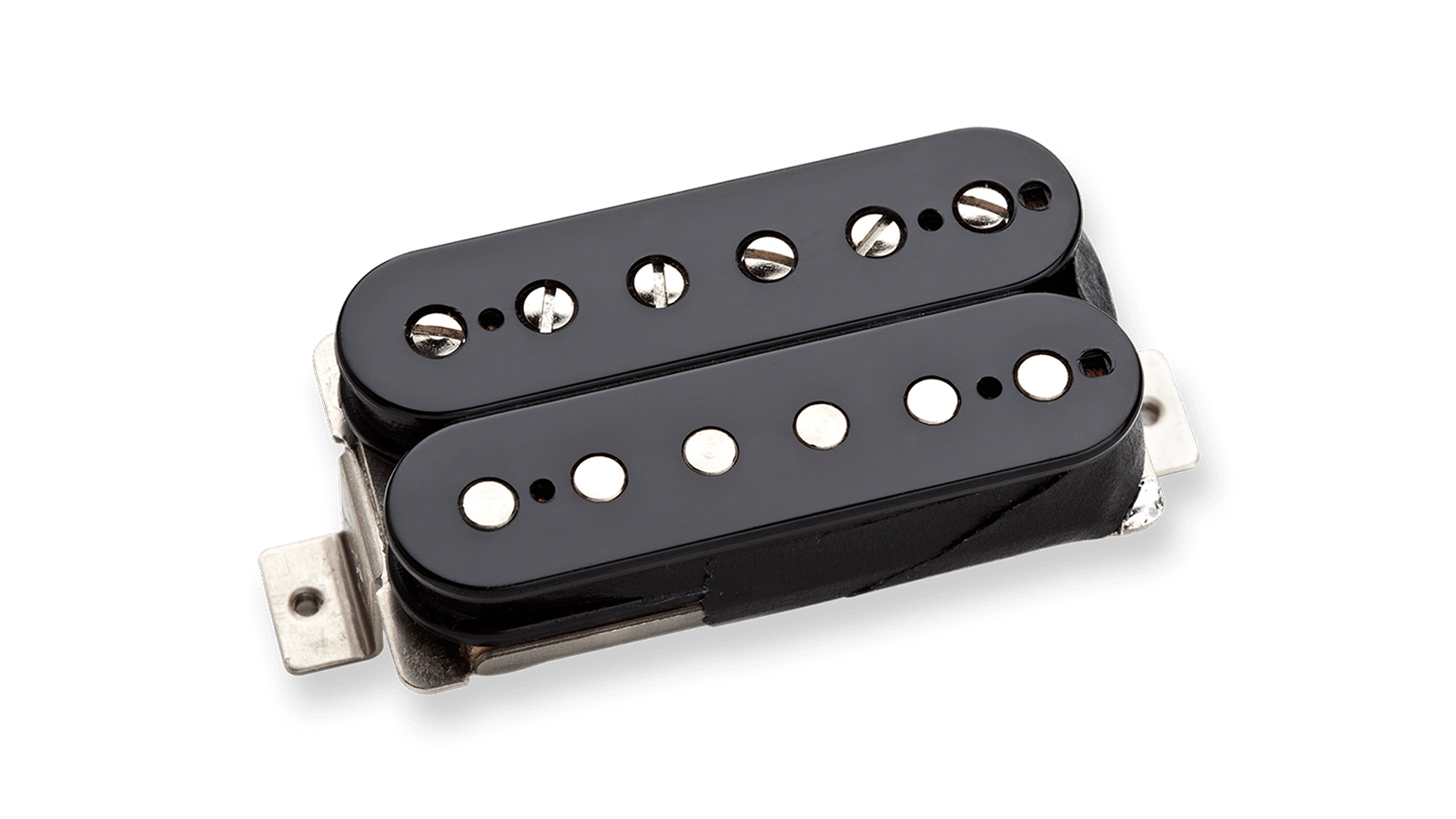
12. Seymour Duncan ‘59 Neck
Our expert review:
Specifications
Reasons to buy
Reasons to avoid
The sound of a solo on the neck pickup can be a gloriously warm and fat tone, but many of us find our stock neck pickups too dark and muddy. The ‘59’s popularity is huge for a reason; versatile and clear, adding sustain and some bright attack from a slightly boosted high end for leads where you need it. That’s alongside a full low end with subtly scooped mids that make it a go-to for smooth clean work.
It’s got serious provenance behind the name too; the ‘59 is wound on Seymour Duncan’s Leesona 102 machine that was originally used in Gibson’s Kalamazoo factory in the fifties.
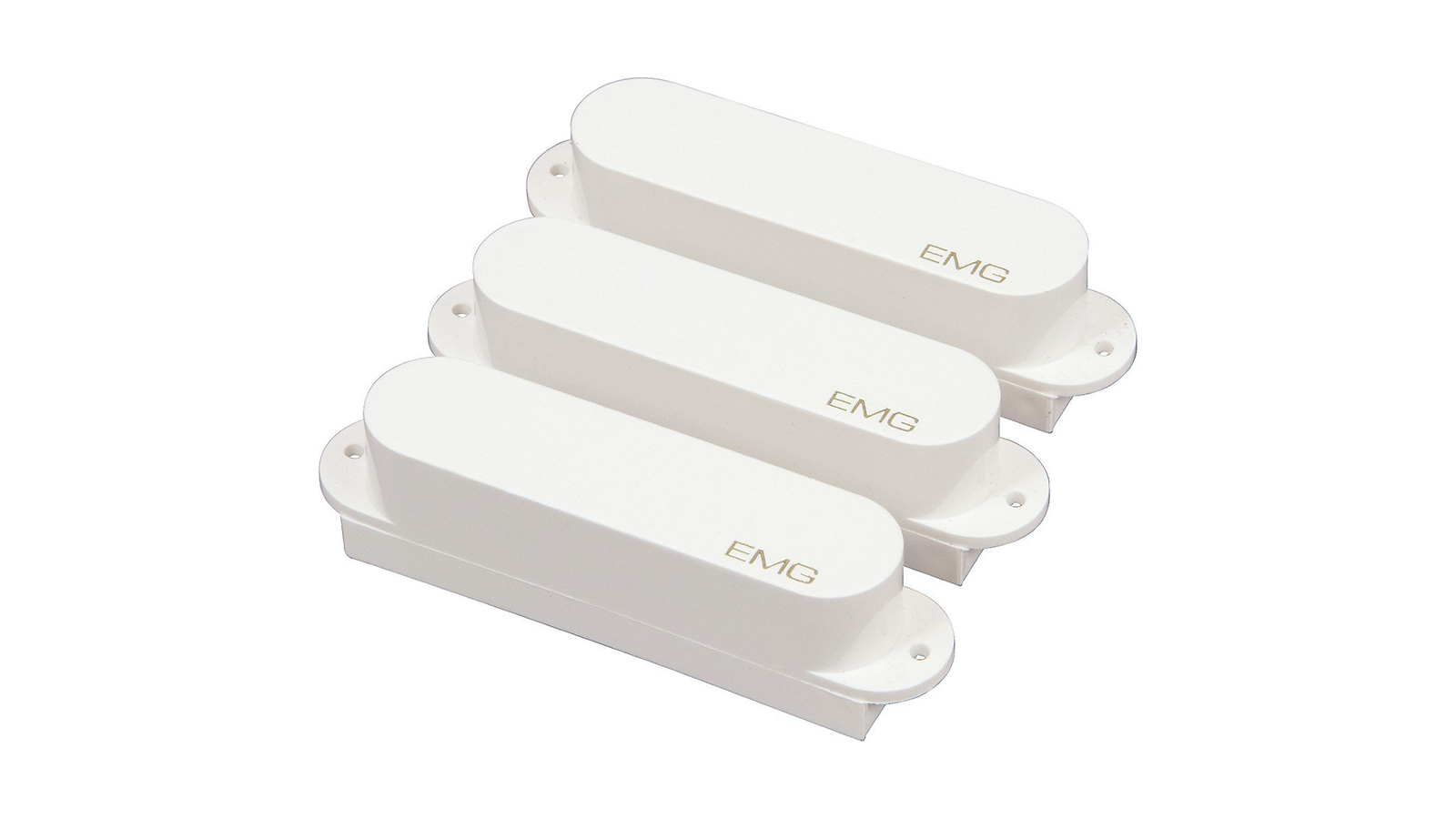
13. EMG SA
Our expert review:
Specifications
Reasons to buy
Reasons to avoid
The main downside of single-coil pickups is the unwanted sound they produce by their very nature – hum. It’s especially frustrating when recording, so the chance to get the bright and open Strat sound with its plummy bottom end, but without unwanted noise, is the SA’s trump card.
It was enough to convince David Gilmour – needless to say it’s great for driving effects chains and expressive, versatile blues work.
The SA is a medium output active pickup available in black, white, ivory or even red to match your scratchplate.

14. MojoTone '67 Quiet Coil
Our expert review:
Specifications
Reasons to buy
Reasons to avoid
Okay, this may be the second set of pickups from MojoTone to be featured in this guide, but with products this good, they definitely deserve their slot.
Like the P-90 featured above, the '67 Quiet Coil Strat pickups deliver all the retro tone you'd ever want without the dreaded hum and buzz of those vintage examples.
The boffins at MojoTone have spent a lot of time dialling in the ultimate Strat tone, paying careful attention to match the resonant peak frequency and inductance of a vintage single-coil. This ensures the pickups sound as authentic as possible.
Best electric guitar pickups: Buying advice
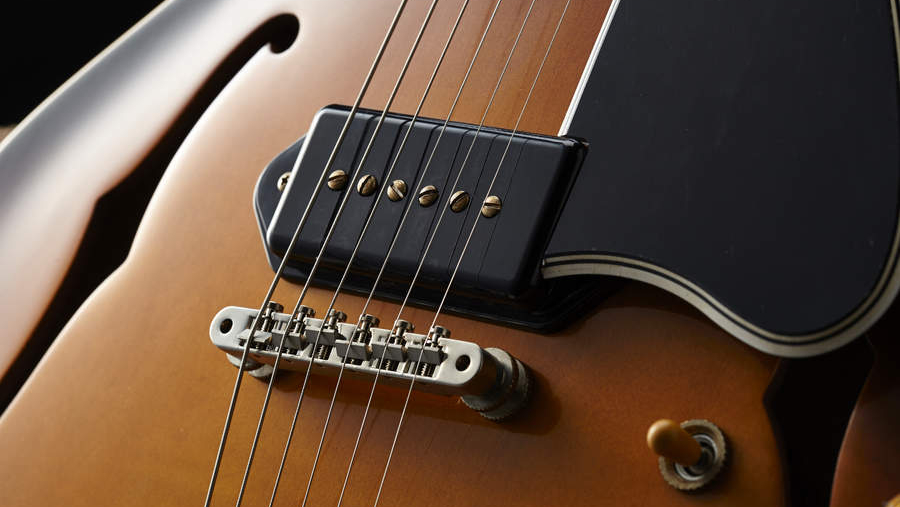
Why buy new electric guitar pickups?
If you find a guitar that you love the feel of but feel it's lacking once plugged in to a guitar amp, new pickups can be the most effective way of trading up your tone for a fraction of the price of a new guitar. But knowing what you want and what’s on offer from various pickup types is a vital first step.
Different electric guitars need different types of pickups, and each different pickup will sound different, too. It’s for this reason that there’s almost endless choice. That’s where this best electric guitar pickups guide can help.
What are electric guitar pickups made of?
A pickup can contain one magnet – or even several magnets – that can vary in shape. Think of these magnets as a pickup’s engine. Like we mentioned before, these magnets are wrapped with wire, which creates a magnetic field. Your string vibrations, when they interrupt the pickup's magnetic field, create a signal that is sent to your amplifier through your guitar cable.
Traditional single-coil pickups found in guitars like Strats and Teles have rods made of magnetic material rising up through the pickup. These rods are called pole pieces, and they direct a magnetic field to each of the strings.
Humbucking pickups usually have an additional bar magnet under the pole pieces. Single coil pickups are more susceptible to noise from hum and interference due to having one wire coil, while the two coils in a humbucker create a reverse polarity that reduces or ‘bucks’ the hum. In humbuckers, both coils create a magnetic field, which increases the signal strength they produce and adds more sustain to your tone.
You might also want to consider a P-90 pickup. Think of them as a hot-rodded single coil with a wide coil that accentuates the mids; good if your tone is getting lost in your band’s mix. Gibson designed it in 1946 and it’s often referred to as a soapbar because of the rectangular shape. Billie Joe Armstrong, Pete Townshend, Neil Young and Tony Iommi have all harnessed P-90 power.
What are active pickups?
Active pickups use additional circuitry in a preamp built into the pickup that usually requires a 9-volt battery to provide power. They have been adopted by players ranging from Metallica’s James Hetfield to David Gilmour. If you’re a humbucking metaller, or you’re looking for less hum and more compression to your single-coil tone, active pickups are well worth a look.
How we selected the best electric guitar pickups
MusicRadar's got your back
Here at MusicRadar, we are experts in our field, with many years of playing, creating and product testing between us. We live and breathe everything music gear related, and we draw on this knowledge and experience of using products in live, recording and rehearsal scenarios when selecting the products for our guides.
When choosing what we believe to be the best electric guitar pickups available right now, we combine our hands-on experience, user reviews and testimonies and engage in lengthy discussions with our editorial colleagues to reach a consensus about the top products in any given category.
First and foremost, we are musicians, and we want other players to find the right product for them. So we take into careful consideration everything from budget to feature set, ease of use and durability to come up with a list of what we can safely say are the best electric guitar pickups on the market right now.
Find out more about how we test music gear and services at MusicRadar.
Related buyer's guides
- These are the best acoustic guitar pickups you should try
- Check out our guide to the best cheap electric guitars
- The best budget electric guitars
- The best electric guitars under $/£1000
- Check out these gifts for guitarists
- Rock out with our pick of the best Epiphone guitars
- Take a look at the best pedalboards for guitarists
Want all the hottest music and gear news, reviews, deals, features and more, direct to your inbox? Sign up here.

Rob is the Reviews Editor for GuitarWorld.com and MusicRadar guitars, so spends most of his waking hours (and beyond) thinking about and trying the latest gear while making sure our reviews team is giving you thorough and honest tests of it. He's worked for guitar mags and sites as a writer and editor for nearly 20 years but still winces at the thought of restringing anything with a Floyd Rose.